Summer brings a combination of heat and humidity to the lands along the Gulf Coast. For some, this signals a move indoors or excursions to cooler climates. We embrace this season and find it offers the perfect timing for exploring life in the Louisiana River Parishes. After all, the atmosphere begs a person to slow down and thoroughly examine the details that surround them. While we had made multiple visits to nearby New Orleans, this trip would be our first to the lands that lie just west of the Crescent City.
We want to thank the Louisiana River Parishes and these local businesses for hosting our visit. Rest assured all opinions are our own.
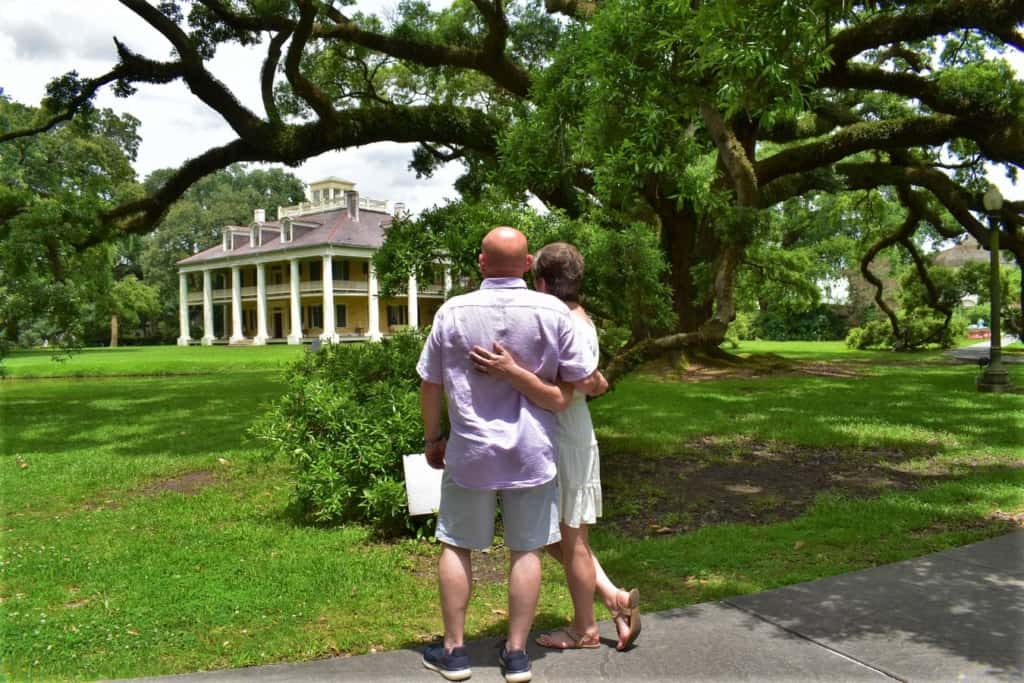
Stately Views
Our first taste of the Louisiana River Parishes was our stay at Houmas House. It didn’t take long for us to discover that elegance is a key word when talking about the historic plantations. While many of these estates have been lost over the years, there are a few examples that visitors can tour. This particular plantation also has lodging options, which we were honored to enjoy. They gave us access to the grounds, which are filled with a variety of outdoor artwork. It seemed that no matter where we wandered, we found ourselves with amazing views.
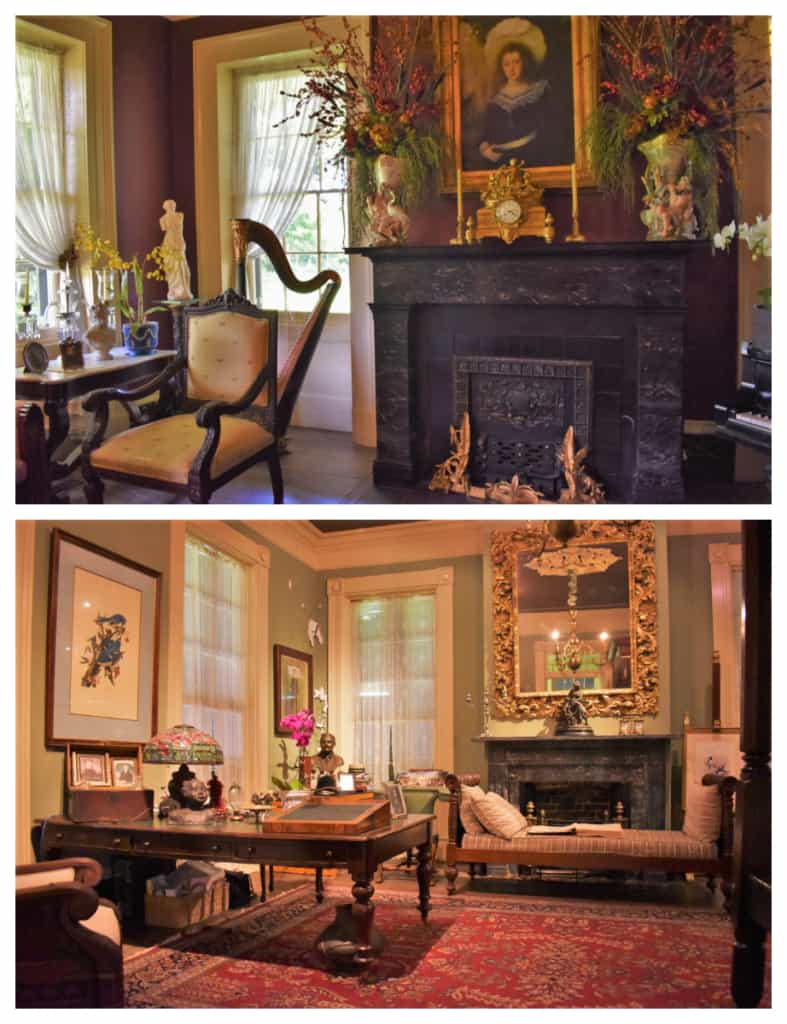
Life in a Different Time
Our stay at Houmas House included a tour of the home. It is actually occupied by the new owner. The staff has decorated each room to reflect the personality that would have been found there in days gone by. Much like the outside grounds, each time we looked around, we were greeted with wondrous sights. While we would only have time for two plantation tours, it was clear to us that Houmas House is the crown jewel of the territory.
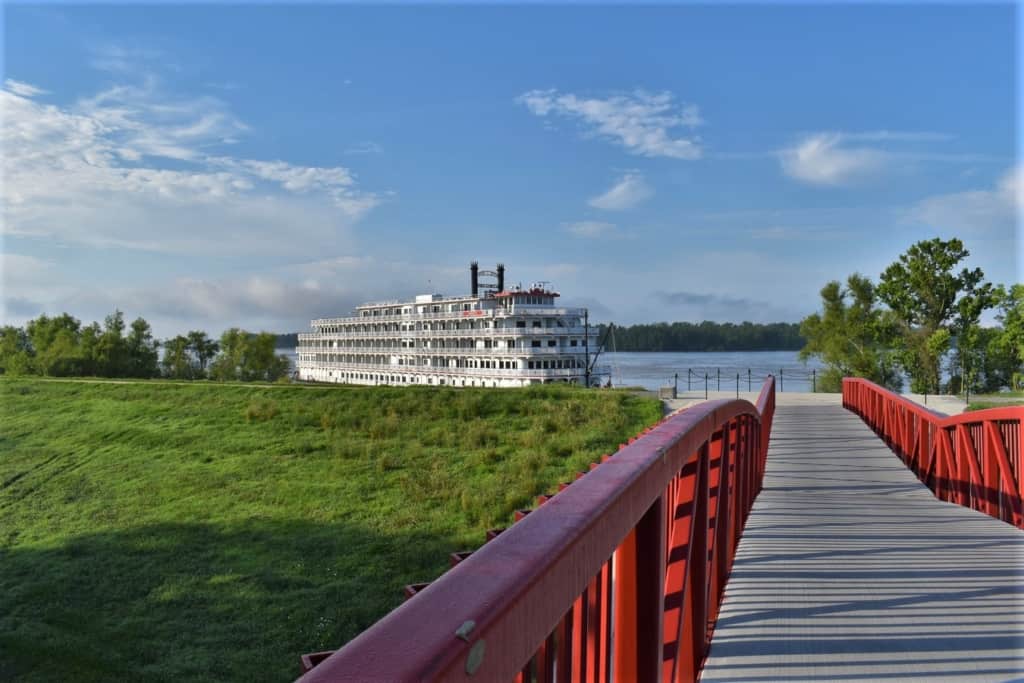
The River Runs Through
It was the Mississippi River, and its fertile delta, that drew the original peoples to this land. As the river snakes through the region, it deposits the silt drawn down from northern areas. All of this rich soil makes prime ground for the indigo and sugar cane crops that brought prosperity to the plantation owners. The river also served as a navigable highway for traffic to travel into the region. While the golden age of steamboat has passed, these days you will still see some plying the waters.
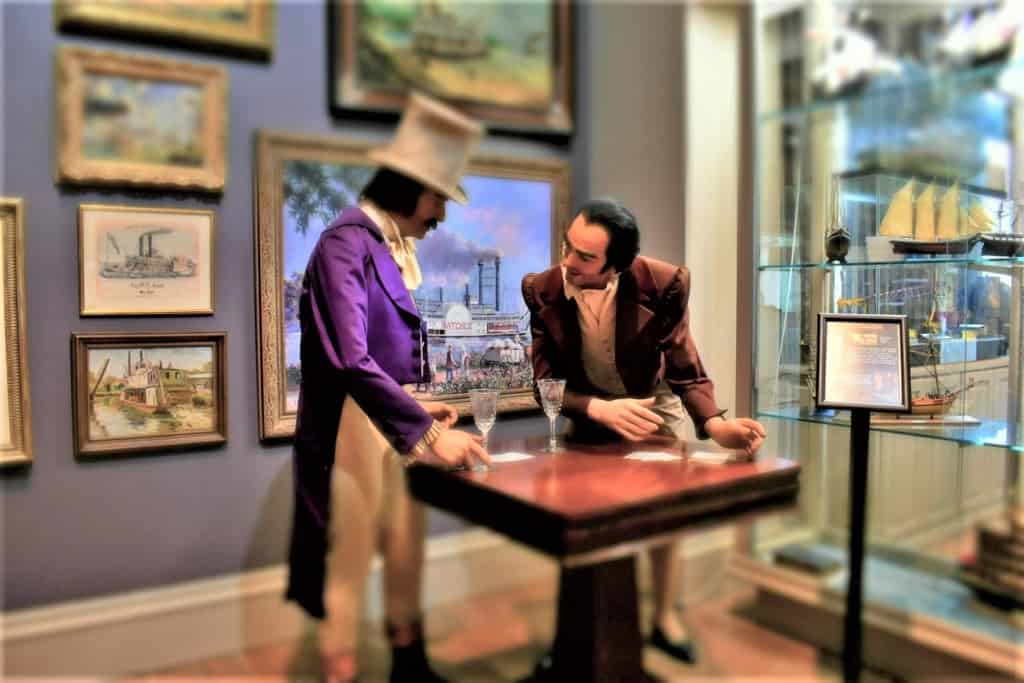
Life Along the Mississippi
Before departing Houmas house, we took time to visit the Great River Road Steamboat Museum. Inside we found loads of history about the area. While the main focus is on the steamboats, they also have a lot about other subjects. It’s safe to say that the museum does attempt to stay within the borders of the land that flanks the Mississippi River.
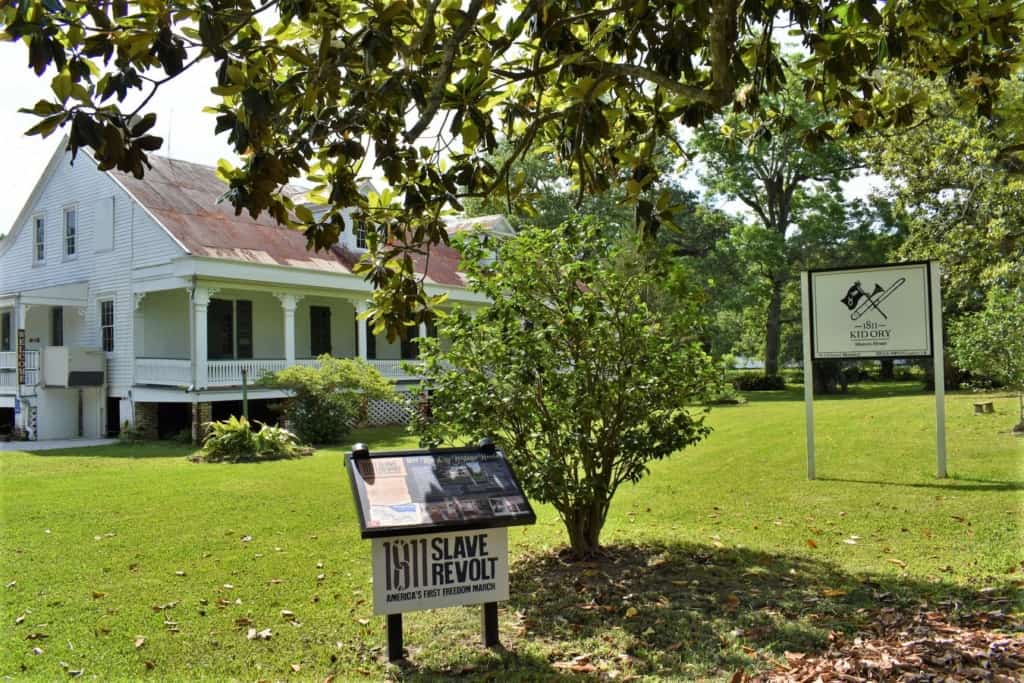
Dual Details
Our original plans had us visiting a third plantation, but the area had recently seen flooding rains. This is a condition that the people of the Louisiana River Parishes have learned to accept as part of life. When one of the stops dropped off, we replaced it with a visit to the 1811 Kid Ory Historic House. This dual focus museum tells the story of the slave uprising in 1811 that ended poorly for the enslaved people who participated. The story showcases how when pushed to a breaking point, people will lash out in whatever fashion they can manage. A second subject tells about the dawn of jazz, which came from Kid Ory. This Louisiana born musician pioneered sounds that would cement his place in history.
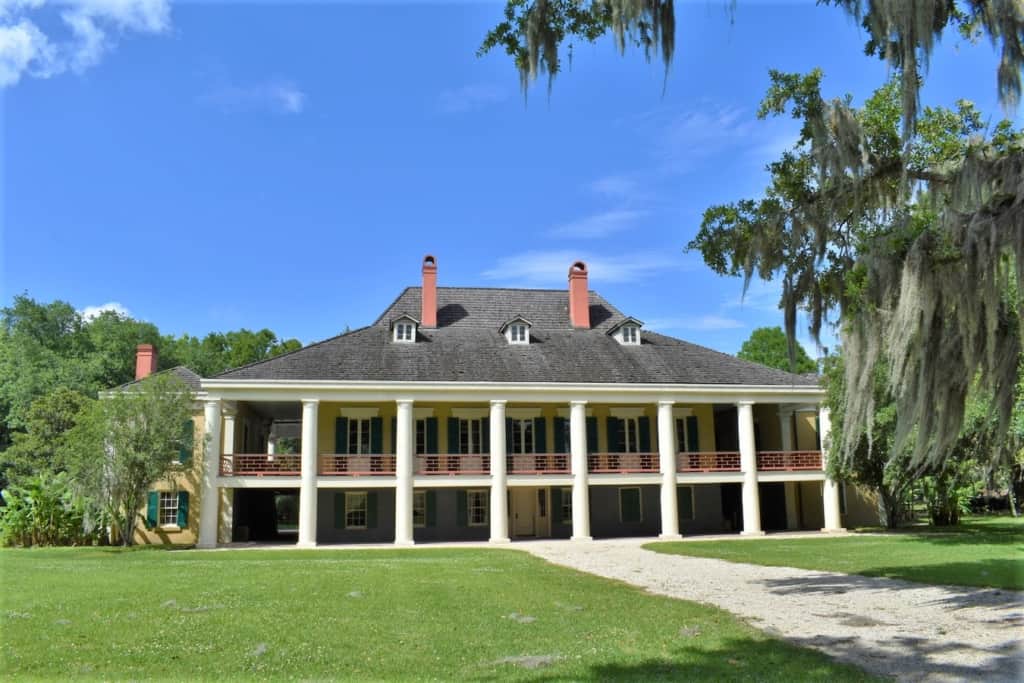
A Different Perspective
Each of the plantations, in the Louisiana River Parishes, has its own stories to tell. Our second one focused more on the life of the enslaved workers. Destrahan Plantation played an important role in the history of this region. The successful sugar plantation was the site of the first actions taken during the 1811 Slave Revolt. We learned that the region was separated by original ownership, and this plantation followed French codes. The enslaved, while still only considered property, were afforded a few slight benefits over other places along the river.
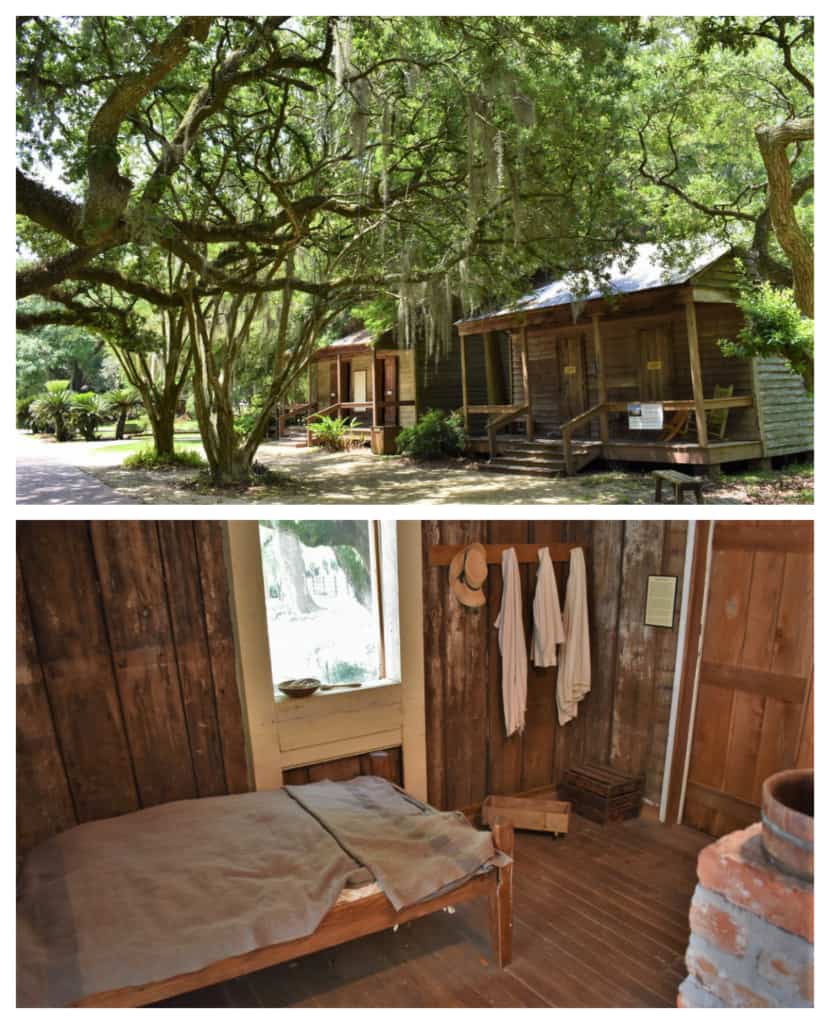
History Lessons
This guided tour took us into sights that are sometimes overlooked, when telling the story of plantation life in the Louisiana River Parishes. The living conditions of the enslaved is a sharp contrast to the plantation owners. It helps visitors, like us, gain a better perspective of the harsh realities of their lives. We highly recommend that a visit to the Louisiana River Parishes include tours of multiple plantations. This will allow you to build a complete picture of life during those tumultuous times.
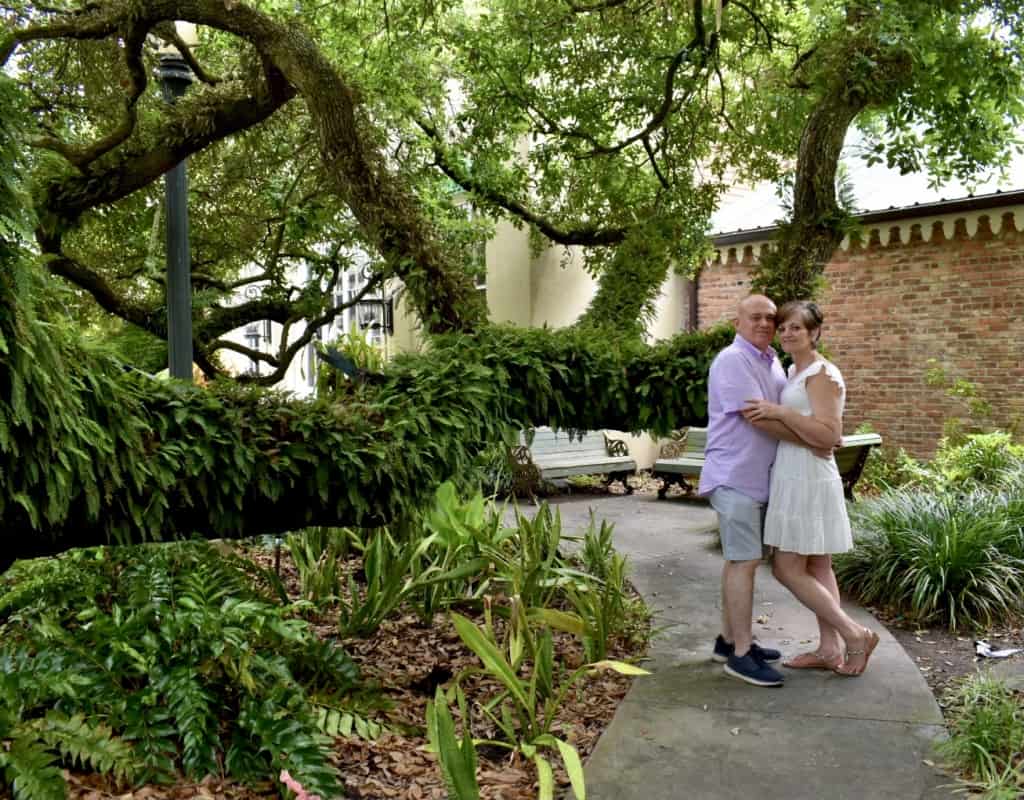
Embracing the Louisiana River Parishes
It was a pleasure visiting the Louisiana River Parishes. While we had to dodge high water a couple of times, we easily found alternate routes. One thing that really stood out was the kindness and welcoming spirit of the people of this region. Everywhere we traveled, we were greeted like family. This certainly made it hard to leave, when our time ran out. You can bet that we will be including this territory in future excursions, as there was so much more to see and do. We hope that you find the area appealing and be sure to let us know some of your favorite stops in the comments section below.


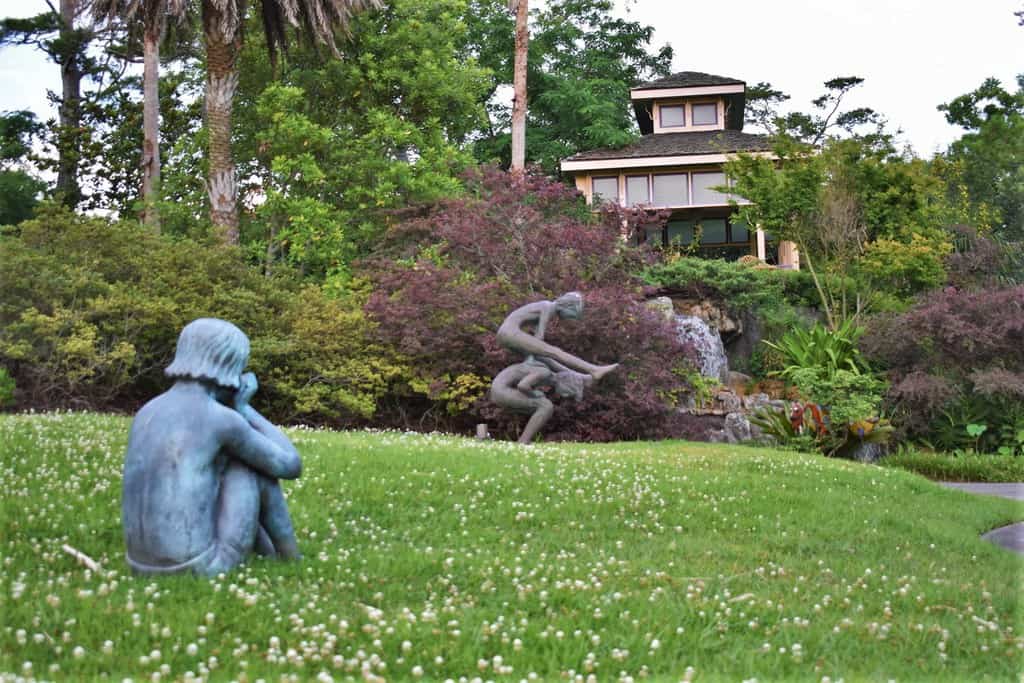
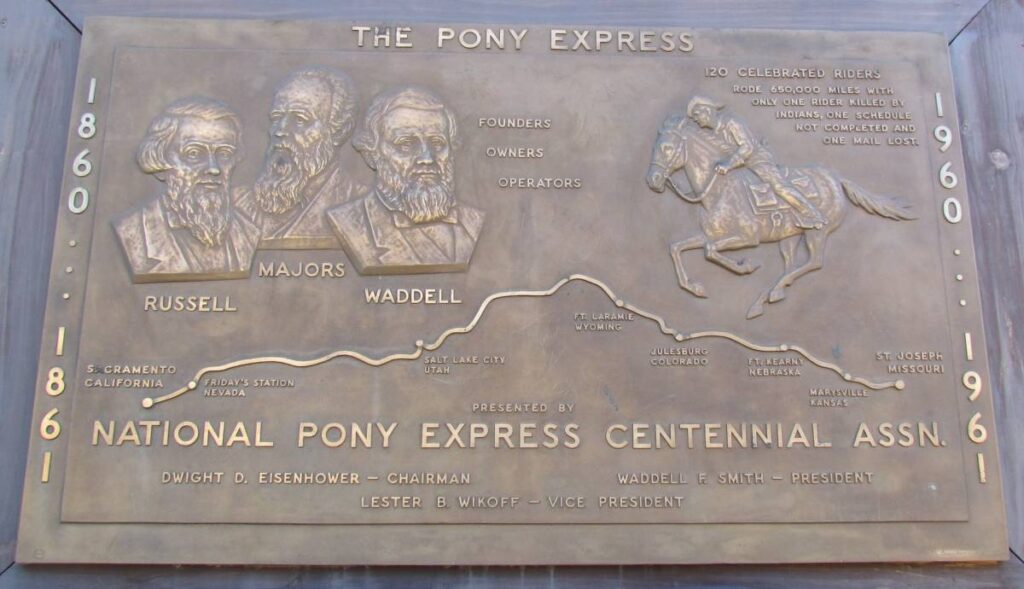

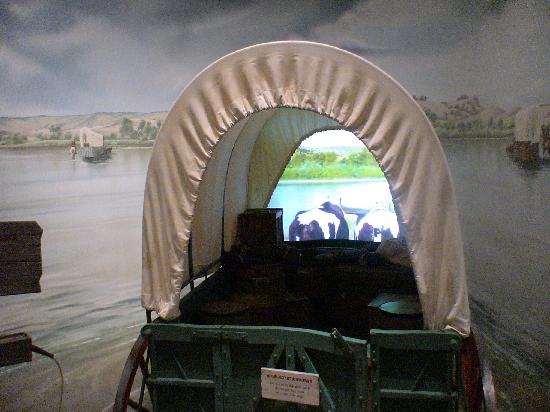
Those plantation houses look fascinating. I’m really hoping I’ll get to Louisiana in 2022 to see for myself!
They are so interesting to tour and explore. We hope you can make it and have as much fun as we did.